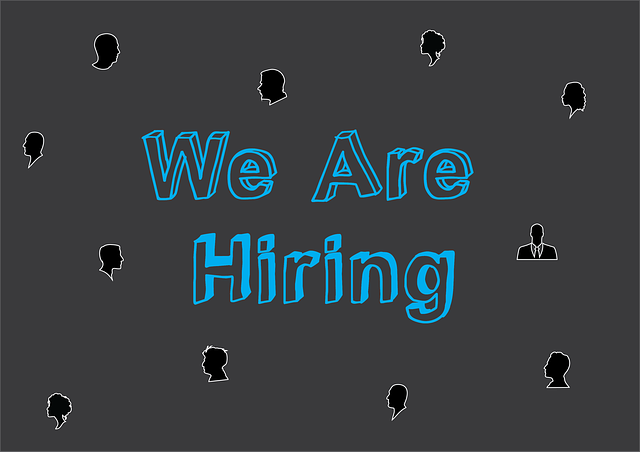Inclusive and equitable hiring is a mandate for today’s successful businesses and organizations. And while human bias can change over time, employee surveys often reveal slow progress in perceived bias, especially when it comes to promotion and equity. Have you found this to be the case in your organization? I wrote about the power of surveys in my previous post. Done correctly, an anonymous survey can be very revealing about diversity, equity, and inclusion in your organization.
The other big challenge I hear, especially from small business owners, is “How do I hire for diversity, without infringing on privacy or asking the wrong questions?”
Inclusive and Equitable Hiring Practices
Here are a few suggestions that work in any organization, regardless of size:
- Post the position in a broad range of forums, networks, or organizations, including those that work with the under-represented.
- Don’t discriminate by asking for classification-specific applicants or referrals, rather, include a mission statement and/or diversity statement in your post: how your organization is committed to diversity, equity, and inclusion for all of its employees and clients: the stakeholders.
- Create a diverse interviewer panel, a consistent set of interview questions, and scoring criteria relevant to an accurate job description of essential qualifications.
- Ask every applicant for their definition of diversity. As a follow-up, ask how they have promoted diversity, equity, and inclusion through their previous work experiences.
- Document your recruiting, hiring, and promotion process. Retain copies of the job posting, applications and resumes, and notes from interviews or discussions on promotions.
If you haven’t already, identify a diversity officer or diversity task force to create hiring and promotion plans, and to review outcomes and disparities. Look to your managers, at all levels, as potential participants in the task force.
Inclusive and Equitable Hiring Technology
Some businesses also leverage technology to assist in their recruiting and hiring process to reduce discrimination. Of course, it must be carefully designed in order to avoid pitfalls and achieve fair hiring: absent of disparate treatment and disparate impact.
For example, when a resume is discarded because of the name (e.g., a traditionally cis female name, or the assumption that the person is Black) the discrimination is overt, intentional, and is a form of disparate treatment. When the overall effect of the selection process disproportionately disadvantages members of demographic group, disparate impact discrimination has occurred.
Technology can be used to promote fairer hiring practices, however, it must ensure that human biases have not been codified. In assessing technology, look for:
- Data that demonstrates fairness throughout all demographics
- Candidate assessments and selections that are relevant to job requirements
- Proven: disparate impact tested prior to deployment
- Able to conceal demographic indicators from decision makers to enable objective human assessment
- Tools that mitigate the risk of human bias in decision making
- Tools that audit for disparate impact
Two Important Notes
Beware of small samplings or group sizes in data sets, and review algorithms. This is critical to demonstrate fairness, objectivity, and relevancy, especially in terms of predicting outcomes and success.
If you need help creating a diversity statement, your SWOT analysis, or accountability measures, a qualified business coach can help.
Share your employment processes with all employees. This includes the criteria for hiring, promotion, salary, and bias/discrimination complaints. Share your employment composition data with the public, and if possible, how it compares to other businesses in your segment and geography.
What do you think? What steps have you taken to increase inclusive and equitable hiring in your organization? I’d love to hear from you. I can be reached here, on LinkedIn, or give me a call: 561-582-6060.

Did You Enjoy This Article?
Join thousands of other smart business owners like yourself & get our Proffittable Times newsletter.
It's filled with actionable content you can apply immediately.
Sign up now to get started!
– Coach Nancy










